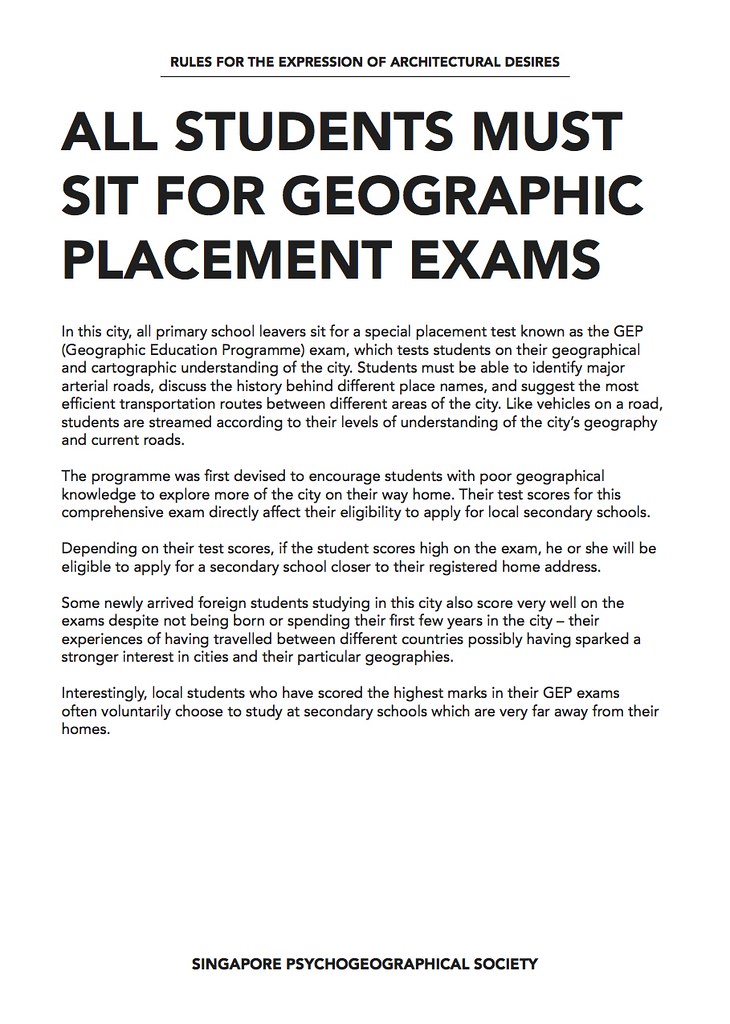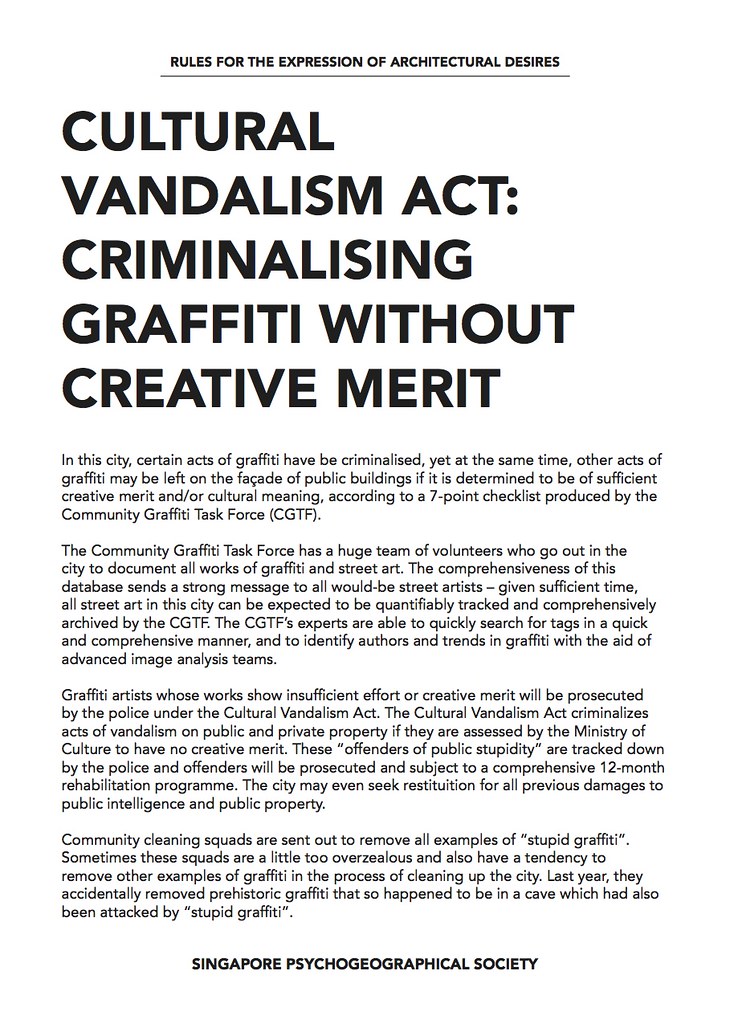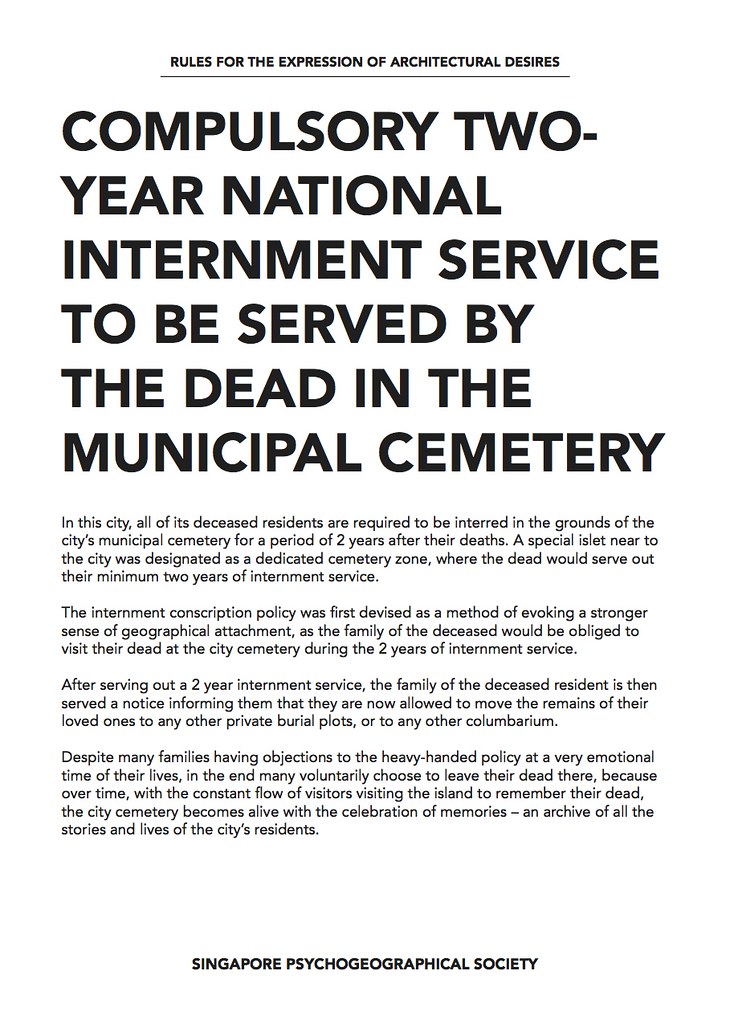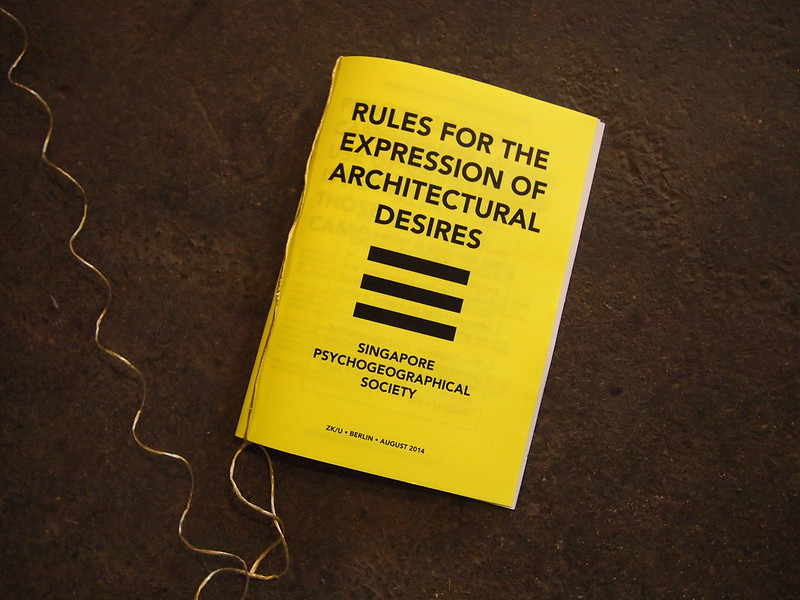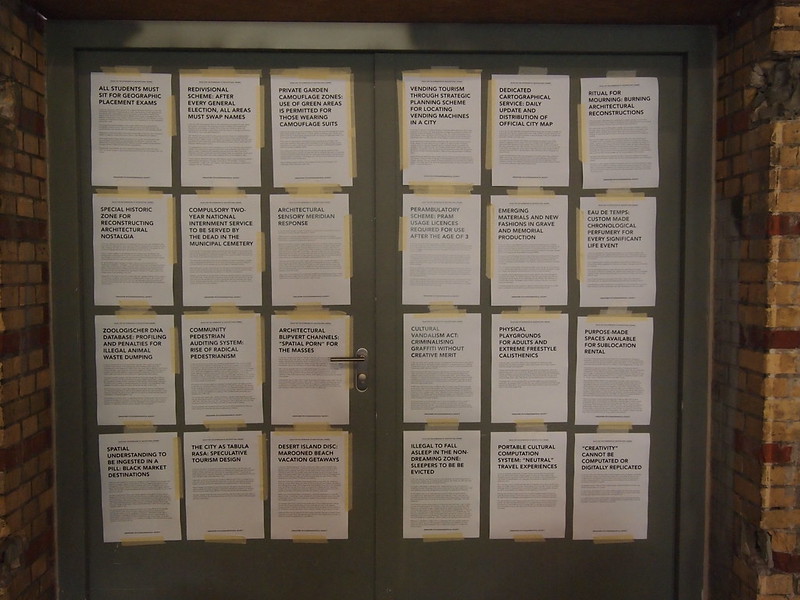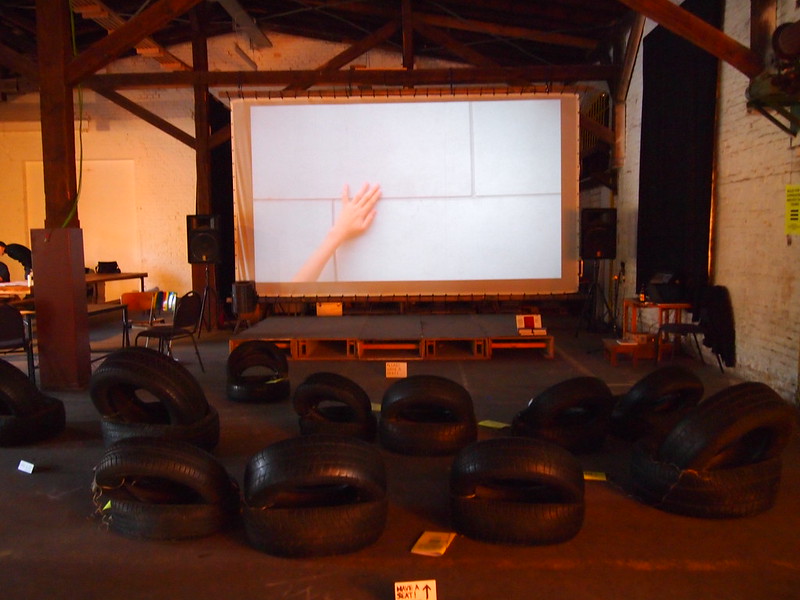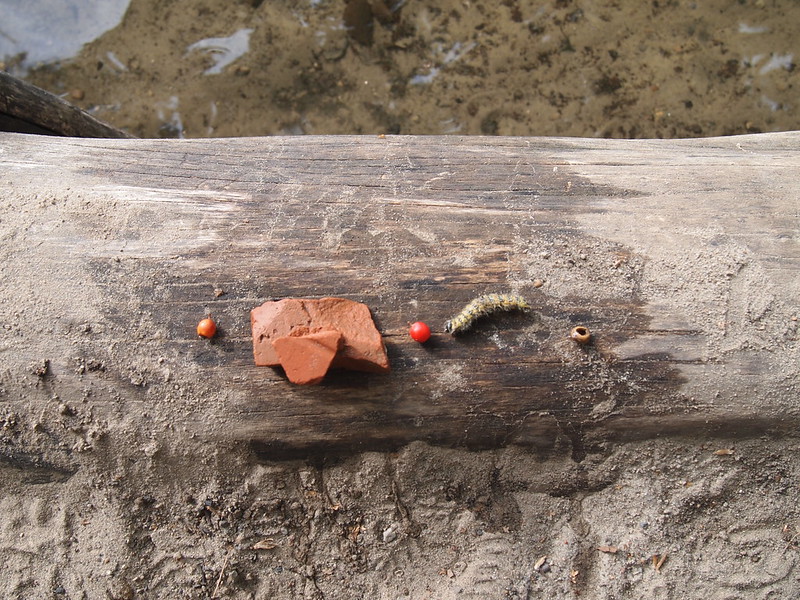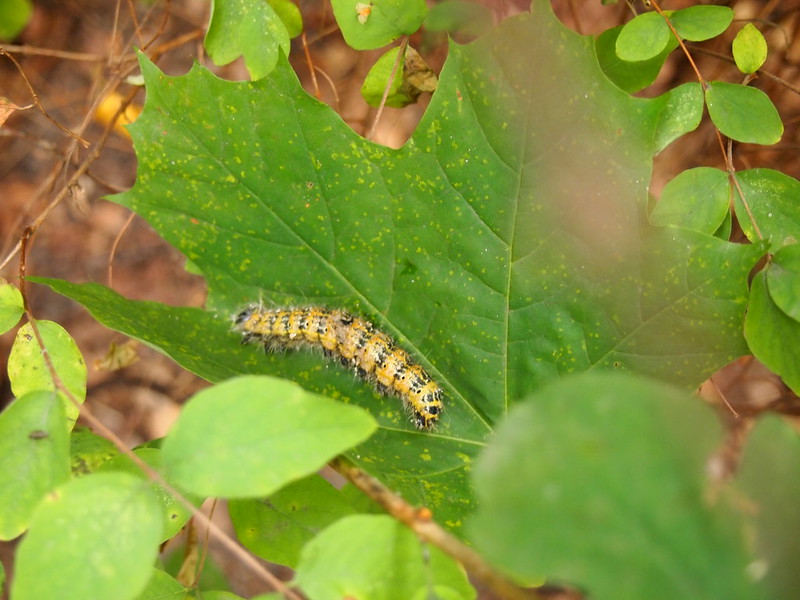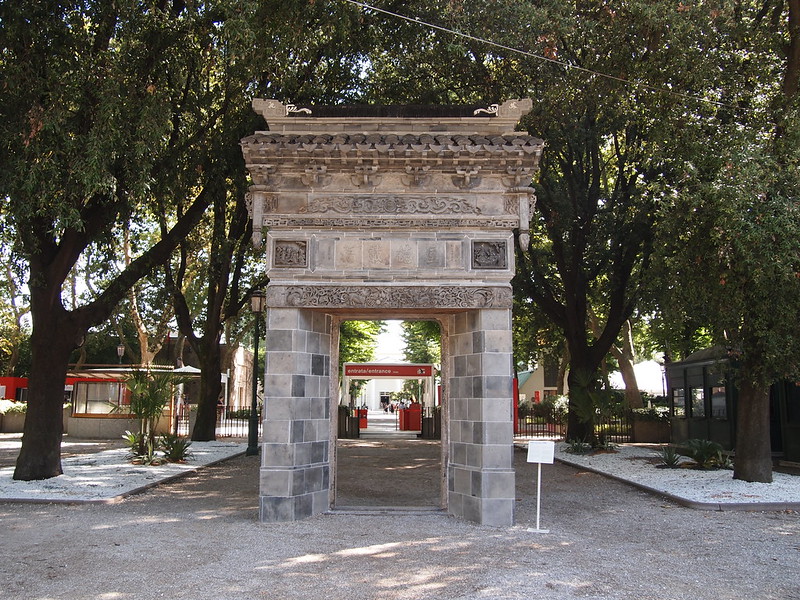
In July when I went to the Venice Biennale, one of the things I was most fascinated by was the reconstruction of the granite and grey brick gate house from Suzhou that was placed in the front of the Giardini - not so much because of its exquisite carvings and the apparent restoration work by Xiegu’s craftsmen, but because of the strikingly bright white building plaster which holds it together in place, which also spills over on its edges, perhaps as a result of weathering.
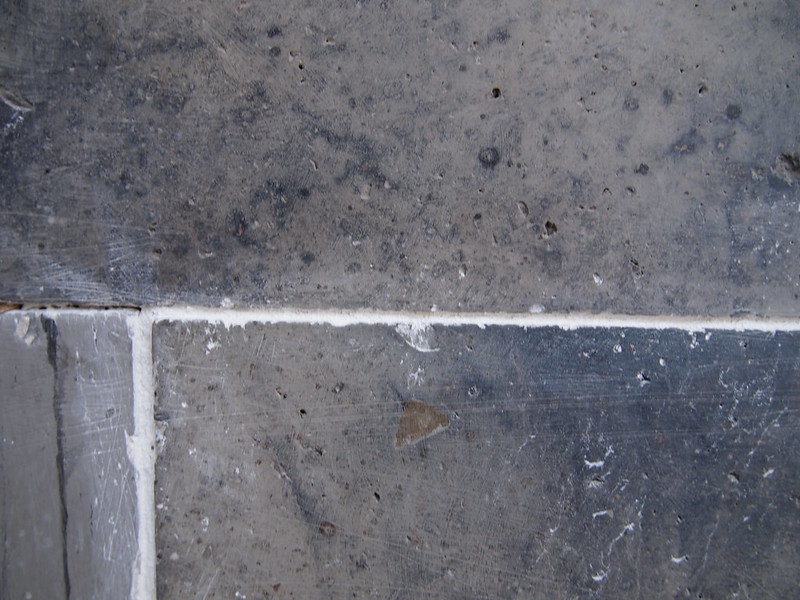
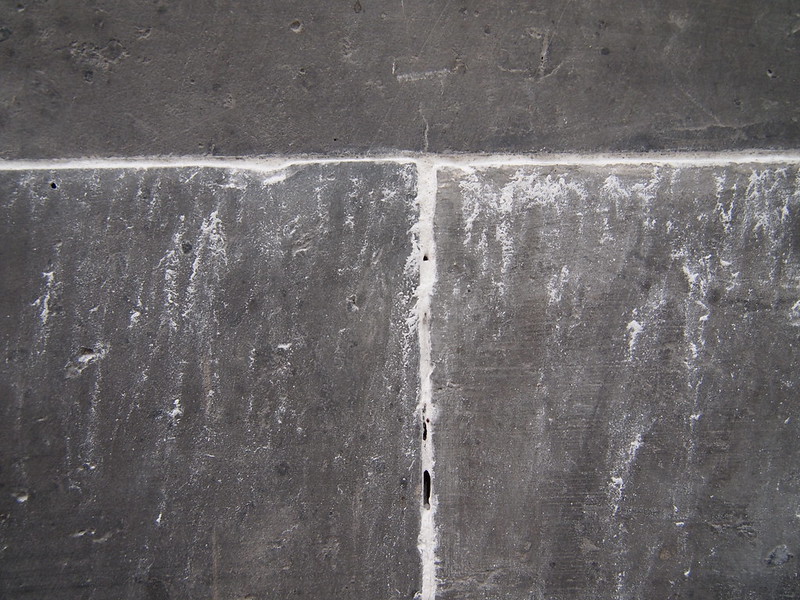
What is so special about things-holding-together-other-things? As the glue or mortar which keeps these bricks together, the white plaster in between these ancient Suzhou bricks is what physically makes this into a gate house, as opposed to a pile of discrete, separate brick elements. Yet it is also presumably the weak point of the structure. Where you have more than one material directly in contact with another, the different physical materials react to sun and heat and cold and dryness in different ways, producing cracks and weaknesses in the structure. I wonder what was the original mortar used in China, and if it were to be very different from the mortar used in this contemporary reconstruction in Venice. Lime? Gypsum? But surely Gypsum is not used in historical reconstructions? Or is this some other special temporary mortar, used in order to facilitate its eventual removal and dismantling at the end of the biennale?
On its own, the plaster begins to disintegrate and fall away in the rain. The gate house returns to a pile of bricks. The bricks begin to disintegrate, and the bricks return to a pile of rubble and sand. The sand is blown away, and is mixed with the unidentifiable, incomprehensible dust of the world.
